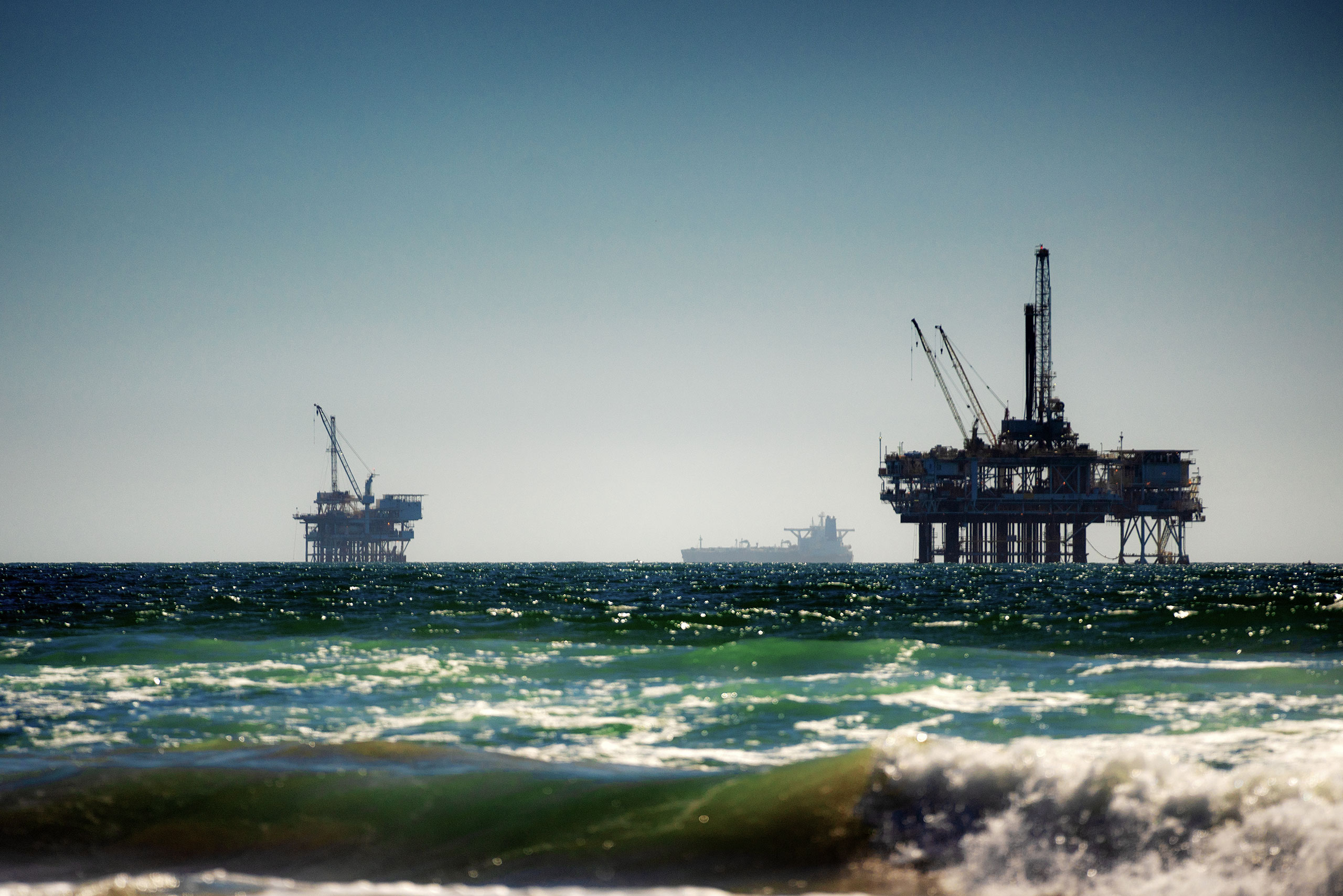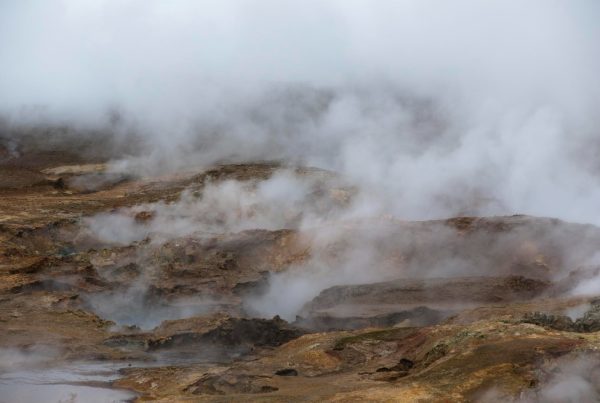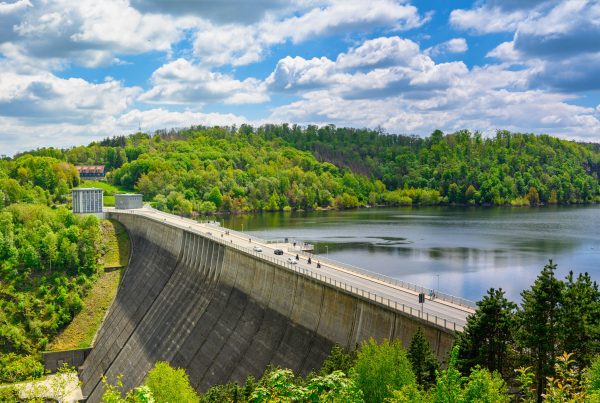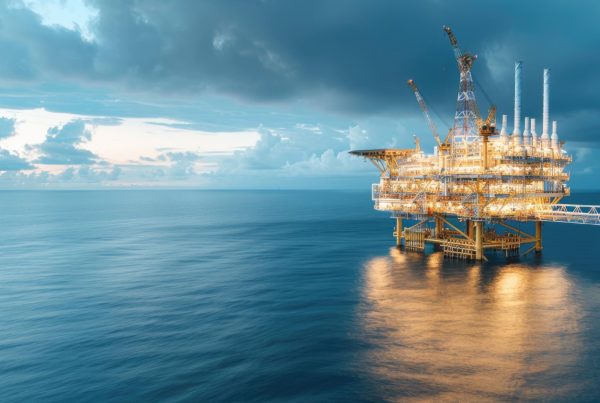Europe has a decades-long tradition of offshore natural gas exploration: it started in Italy, which initiated European offshore production from the Gela 21 field in 1959.
An important moment in the history of Europe's offshore sector was in 1958, when a United Nations treaty divides the North Sea into economic zones belonging to the riparian countries, leading to a rapid advance in marine exploration, which is gaining pre-eminence over onshore exploration. The first discovery in the North Sea was made in the Norwegian perimeter (1969 - Ekofisk), followed the following year by a discovery in the British Forties. Norway has since remained one of the world's largest producers of crude oil and natural gas.
Romania is also among the countries with a tradition of offshore exploration. "The first acquisitions of seismic data in the Black Sea basin started in 1969 and it was not until 1976 that the oil rig GLORIA drilled its first exploration well." (Nicolae Anastasiu - Black Sea hydrocarbons - between challenges and risksOther discoveries followed, according to the cited study: Lebăda Est (1980), Sinoe (1988), Portița (1990), Doina (1995), Cobălcescu (1997), Pescăcăruș (1999), with relatively small reserves.
After the victory in The Hague, the National Agency for Mineral Resources is auctioning the concession of 11 offshore perimeters with a total area of 11,000 square kilometers, five of which are in the area just won by Romania. In 2012, "recoverable reserves of approximately 42-84 billion cubic meters of gas were discovered by the Domino-1 well, making it the largest single discovery in the Black Sea to date". (cf. Deloitte study - The contribution of Black Sea hydrocarbon exploration and production projects to the development of the Romanian economy)
NORWAY - THE EUROPEAN OFFSHORE LEADER
Currently, more than 80% of Europe's total oil and gas production comes from offshore exploration. Norway tops the list of the most important projects underway, with the UK and the Netherlands also among the most productive.
First 3 fields, in terms of quantities produced, are:
1. Troll - located in the North Sea, Norwegian perimeter. In 2022, production was 3,846.97 million cubic cubic meters per day. Estimates show that the deposit will reach maturity in 2060.
2. Ormen Lange - located in the North Sea, Norwegian perimeter. Recorded production in 2022 was 924.3 million cubic meters per day in 2022. The deposit will be depleted in 2034.
3. Aasta Hansteen - in the North Sea, the Norwegian perimeter. Here, 859, 52 million cubic meters per day were produced in 2022. The economic ceiling is expected to be reached in 2040.
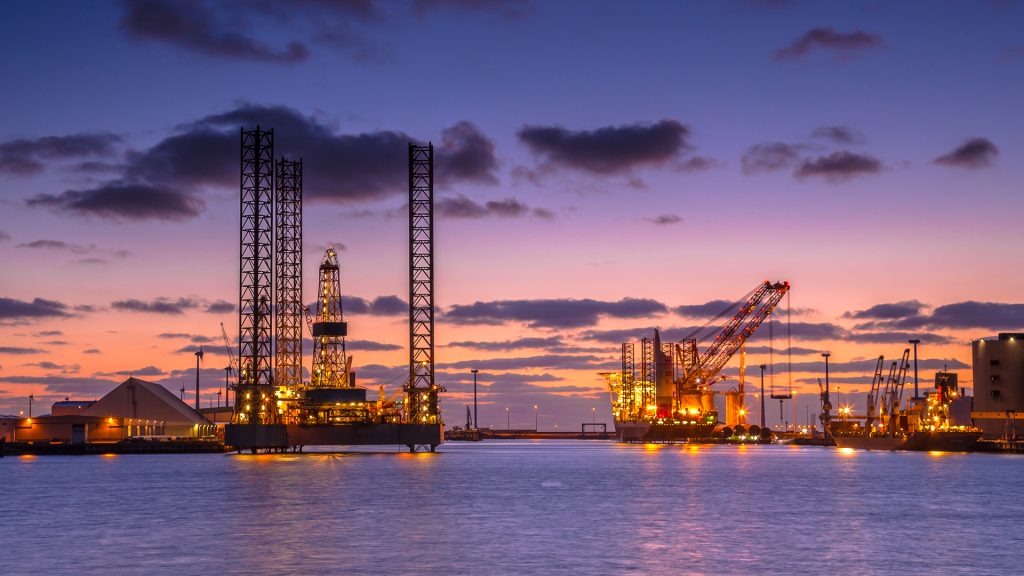
GENERATIONAL EXCHANGE
In a analysis of offshore projects The European Commission points out that one of the main trends in oil and gas exploration is towards depletion: "domestic production in Europe is set to decline sharply as existing fields mature, with increasing dependence on imported hydrocarbons". At the same time, there are a number of evolving trends which demonstrate the resilience and innovative capacity of the offshore sector:
- Going deeper
Thanks to technological advances in drilling and extraction, production is moving to deeper waters.
- Technological innovation and operational efficiency improvements
New technologies allow companies to produce hydrocarbons more cost-effectively, extending the life of fields that would otherwise be economically unviable. There is also the use of increasingly advanced recovery techniques, used to maximize the value of declining fields.
- New discoveries and investment decisions
This trend has been accelerated by Russian aggression in Ukraine and the need for European countries to adapt to the new situation, in which Russia has ceased to be a supplier. The main strategies adopted on the continent have been to reduce consumption, develop renewable energy production and diversify sources of supply, including by opening new onshore and offshore exploitations. Some examples, given by EuractivThe EU's oil and gas projects include the Dutch-German partnership in the North Sea, where a new exploitation is due to start in 2024, Romanian exploitations in the Black Sea, and smaller drills such as those in Slovakia, which would cover 10% of the country's consumption.
A European top 10 of offshore explorations that could be launched in the future, based on the size of the deposits, includes perimeters in various areas: Aphrodite (located in the Mediterranean Sea, in the Cypriot perimeter), Dvalin North (located in the Norwegian Sea, belonging to Norway), Domino (in the Black Sea, belonging to Romania), Berling (located in the Norwegian Sea, belonging to Norway), Glengorm (located in the North Sea, in the British perimeter), Neptun (located in the Black Sea, owned by Romania), Peon (located in the North Sea, owned by Norway), Irpa (located in the Norwegian Sea, owned by Norway), Fenris (located in the North Sea, within the Norwegian perimeter), Lavrans (Norwegian Sea, within the Norwegian perimeter).
THERE IS LIFE AFTER DEPLETION
As fields are depleted and equipment reaches the end of its useful life, oil and gas infrastructure needs to be decommissioned, a phenomenon accelerated by the energy transition. A European Commission report estimates that some 200 platforms, 940 wells and 389 000 tons of subsea surfaces and structures will be decommissioned in the EU-27 by 2030, at an estimated cost of €4.8 billion.
However, offshore gas production platforms offer economic benefits even after fields are depleted, through the opportunities offered by technologies designed to facilitate economic transition, such as wind energy - by using existing structures but also by transferring know-how - or CCS (carbon capture and storage) and their use to decarbonize industries.
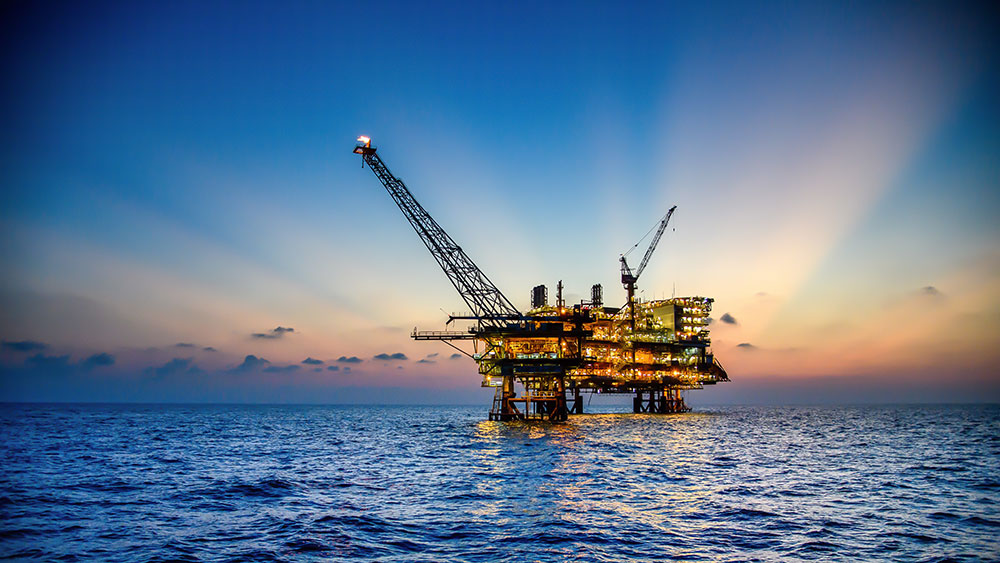
OIL SLICK - SUCCESS ON THE HORIZON
The Black Sea is one of the areas that can be transformed into a natural gas production hub, concentrating numerous projects in various stages of development which, together, could eliminate the dependence of the countries in the region on Russian resources.
In April 2023, Turkey began exploitation of the Sakarya deposit, estimated at 710 bcm, worth $500 billion, which could cover Turkish residential consumption for 35 years.
Romania is also at an opportune moment to exploit the huge gas potential of the Black Sea. Black Sea Oil & Gas (BSOG) announced in June 2022 the start of gas production in the Black Sea, in the Midia perimeter. It is estimated that about 0.5 bcm per year will be delivered, with peak production of 1 bcm per year in 3 of the 10 years of life of the Ana and Doina gas fields, according to the assessments.
On June 21, 2023, OMV Petrom and Romgaz announced the decision to develop Neptun Deep, the largest natural gas project in the Romanian Black Sea area, with the exploitation of the Domino and Pelican Sud commercial natural gas fields.
The Romanian state is a very important player in this project, being the owner of ROMGAZ and having stakes in PETROM, being placed in the roles of owner, main operator and main beneficiary of this large-scale project.
Expert estimates shows that the exploitation of this deposit, which is richer than initially thought, could offer important benefits to the Romanian economy:
- The amount of natural gas currently estimated is over 100 bcm of natural gas, more than twice the initial estimate.
- Exploration would cover Romania's consumption for 9 to 10 years.
- The total value is €60bn.
- The revenue to the budget it would bring in is €25-30bn.
- These quantities would allow us to restart industry and make it easier to meet climate targets.


